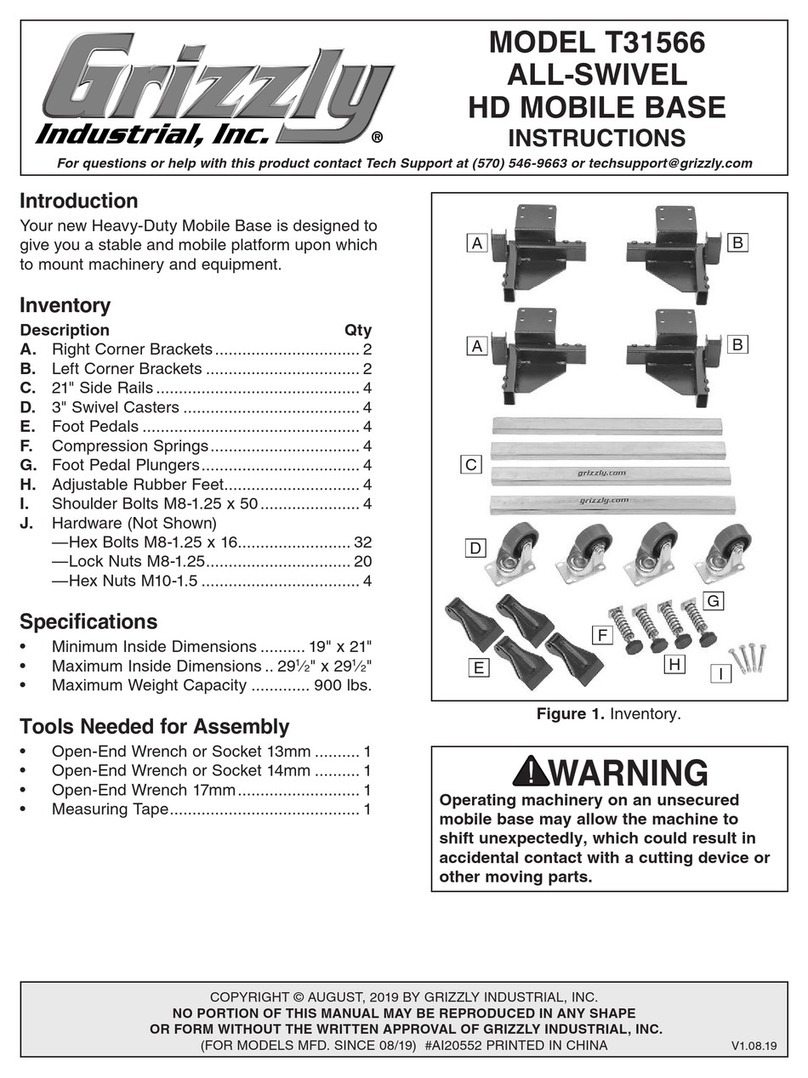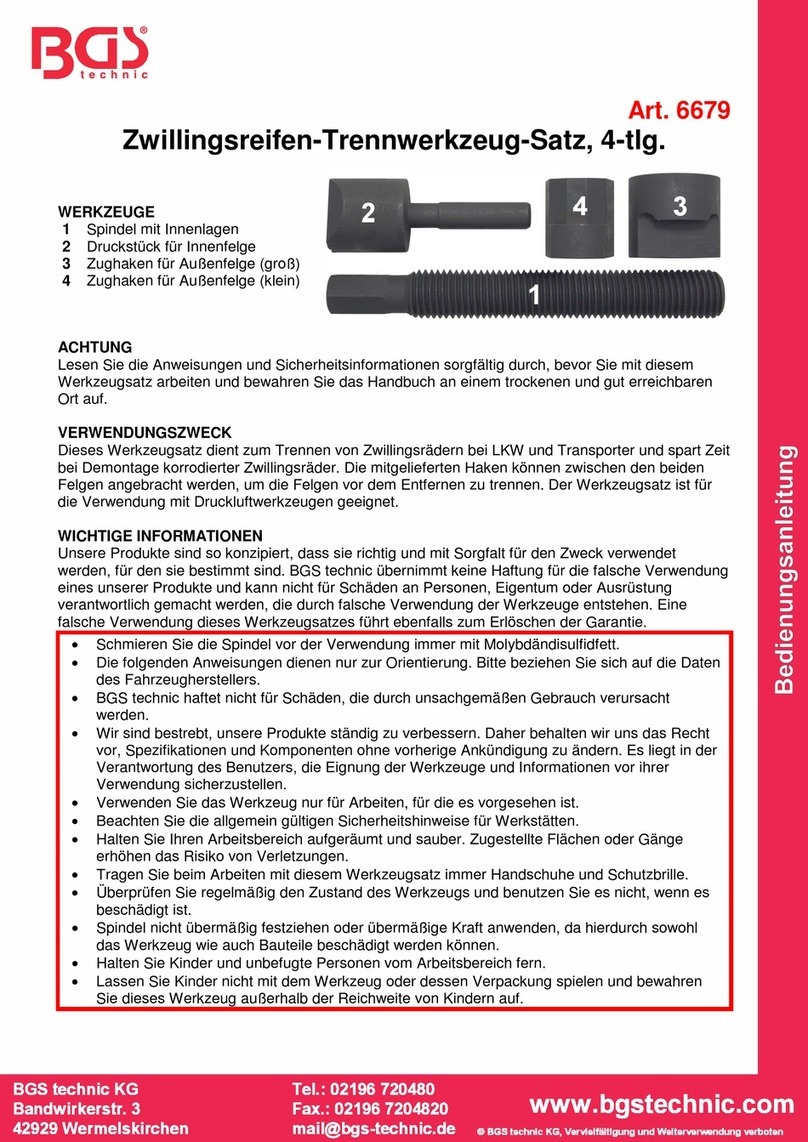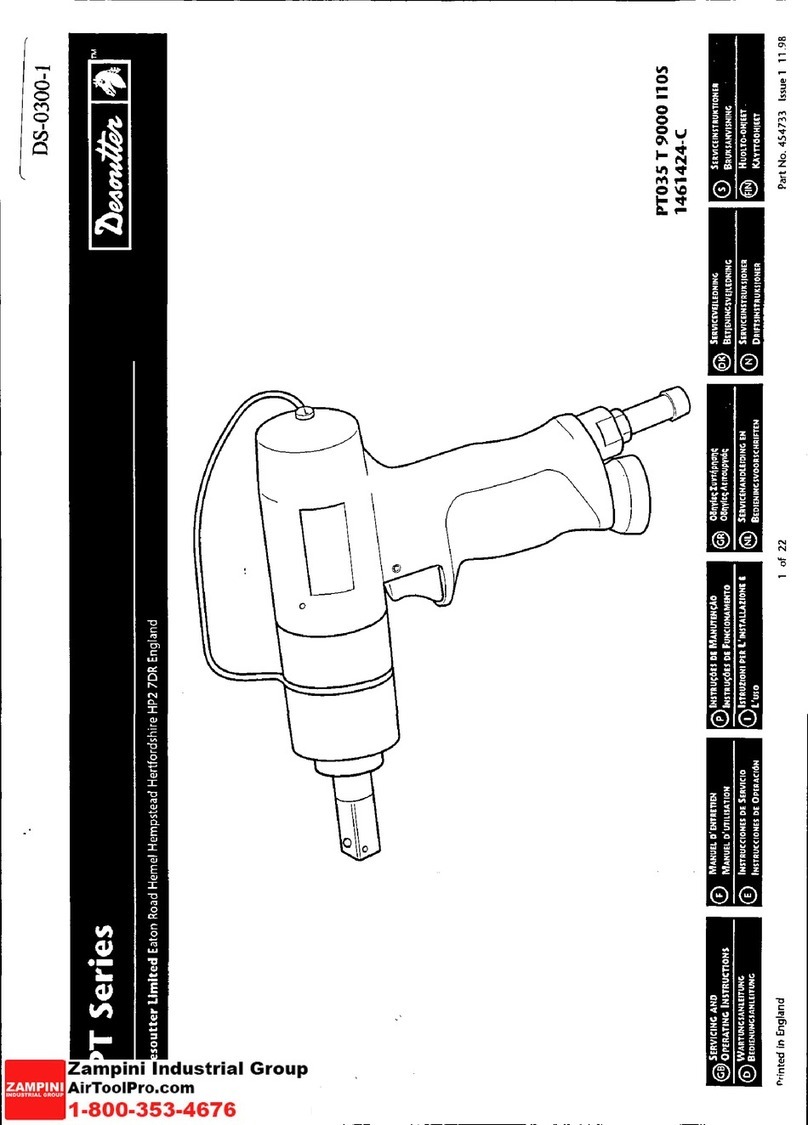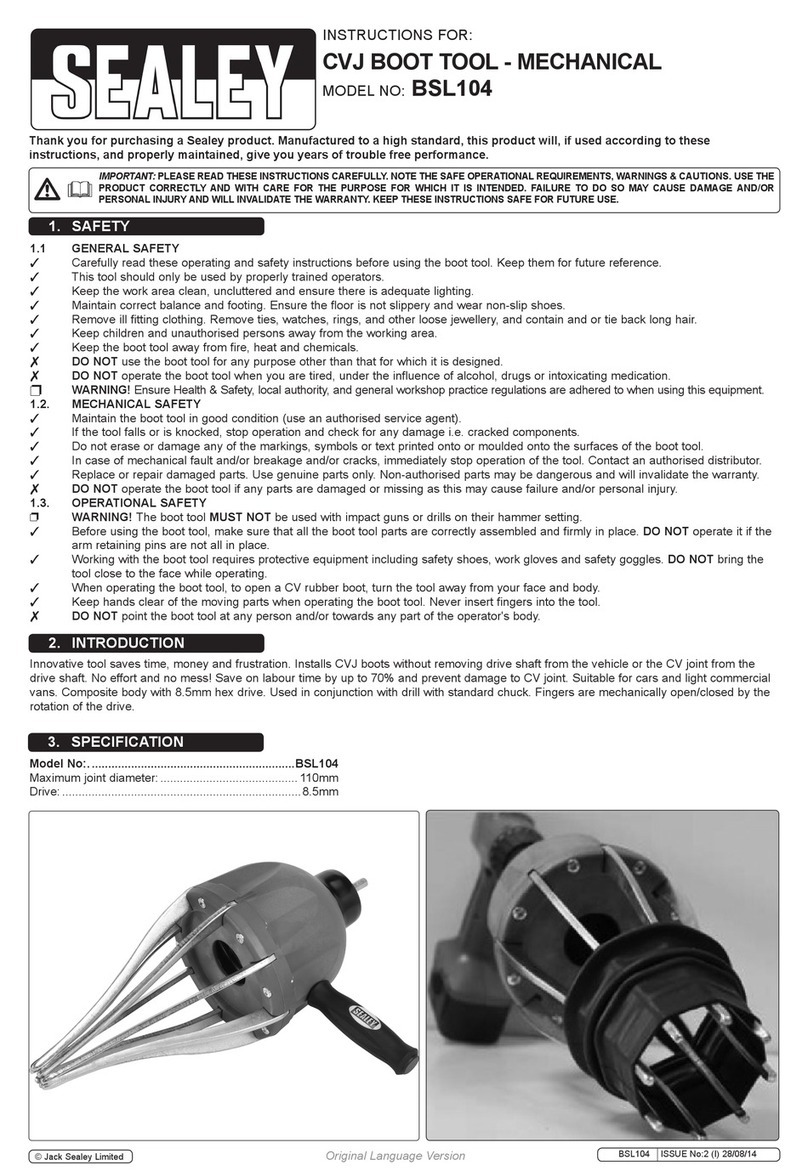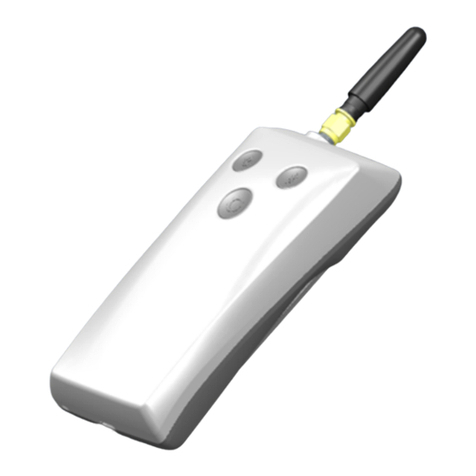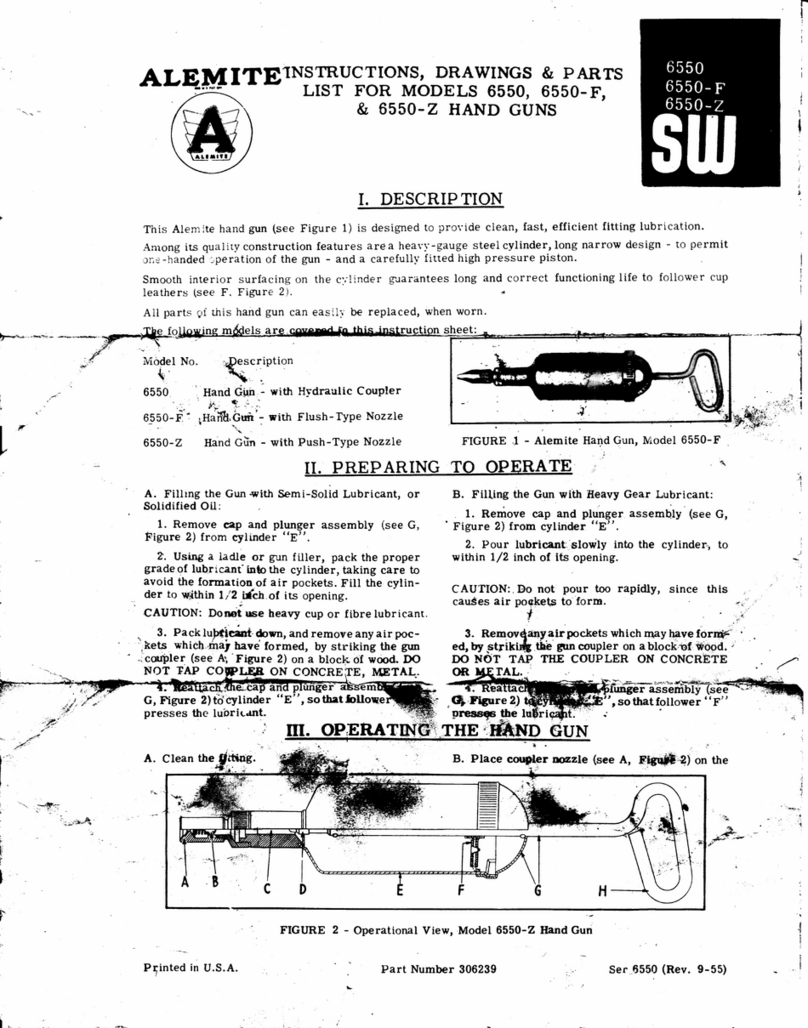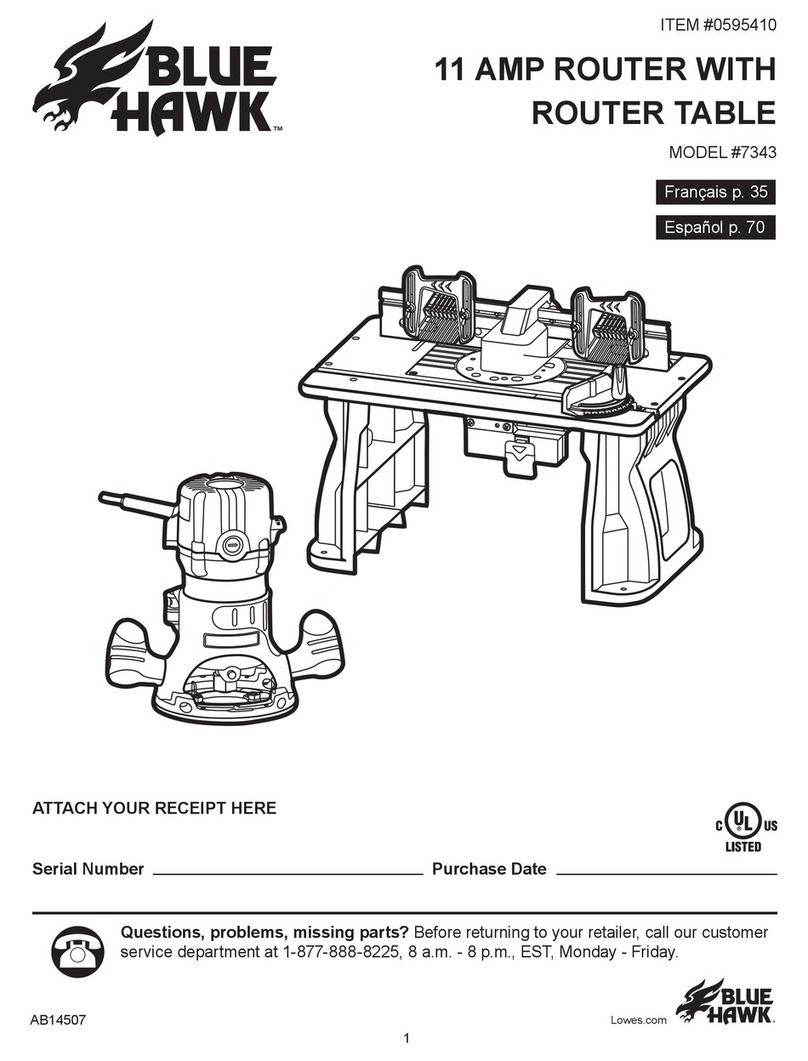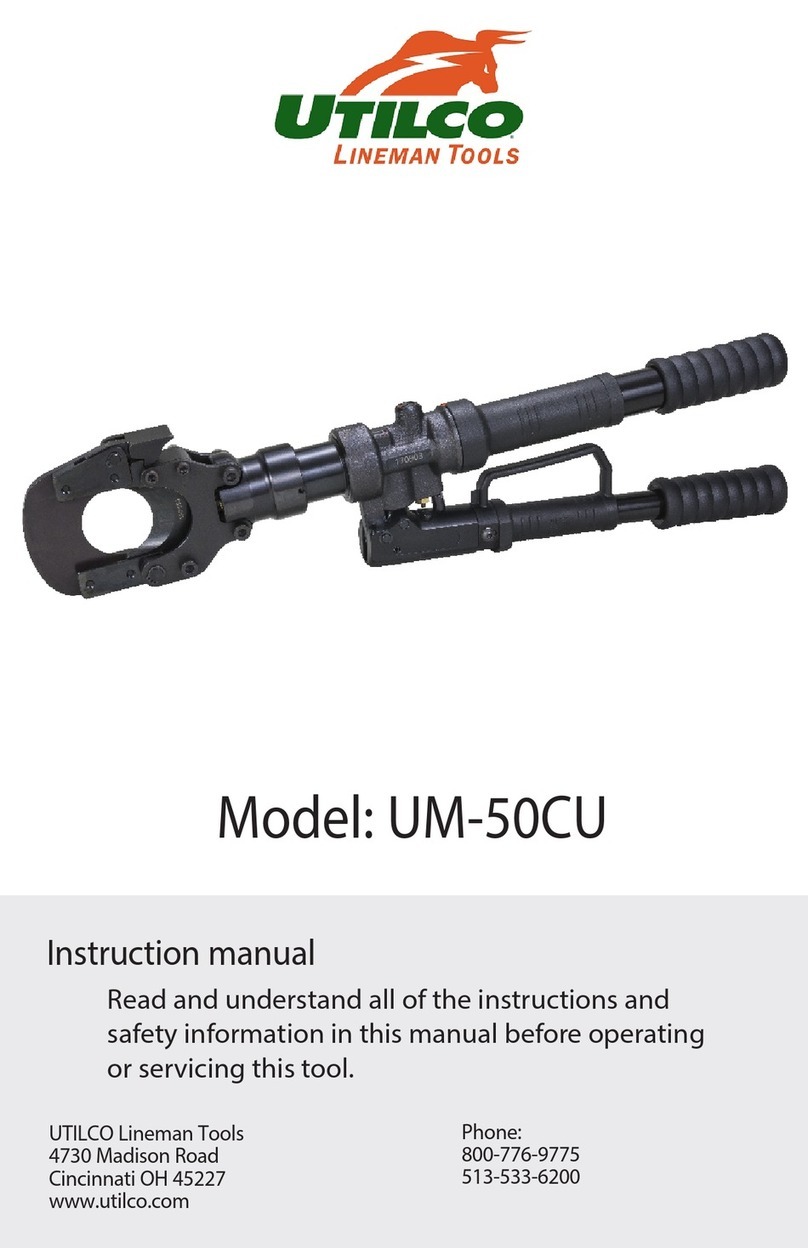TRW Easycheck User manual

operating instructions
bedieningshandleiding
manuel de l’utilisateur
bedienungsanweisung
istruzioni per l’uso
instuções de utilização
manuel de instrucciones
Çalıs
¸tırma talimatları


TRW – Safety
Part number I317289 (EN)
- Issue 10
Operating instructions
Part number I317 289 (EN)
Issue 10

2

TRW – Safety
i
Contents Introduction
Overview .................................................................. 1
Display screen .......................................................... 6
Keypad ...................................................................... 6
Connection................................................................ 7
Safety precautions .................................................... 8
Communication problems......................................... 8
Scan function - EOBD
What is EOBD?......................................................... 9
Identifying compliant vehicles ................................ 10
Diagnostic Trouble Codes....................................... 11
Interpreting EOBD fault codes................................ 12
Using scan function ................................................ 13
Menu options.......................................................... 15
FastCheck
Introduction............................................................. 18
Safety instructions .................................................. 19
FastCheck ABS ....................................................... 21
FastCheck Airbag.................................................... 25
FastCheck Climate.................................................. 30
FastCheck EMS ...................................................... 33
Manufacturer Applications - EMS........................... 34
FastCheck EPB ....................................................... 83
FastCheck SAS ..................................................... 101
FastCheck Service ................................................ 106
FastCheck TPMS .................................................. 123
Diagnostic connector locations............................. 131
User menu
Overview .............................................................. 148
Security................................................................. 150
CAN Converter (Firmware update) ....................... 151
Multiplexer Cable (Firmware update).................... 152
General information
Cleaning ................................................................ 154
Software updates ................................................. 154
Specification ......................................................... 155

ii
Contents Declaration of Conformity ..................................... 155
Appendix A: Glossary
Glossary of terms.................................................. 156
Appendix B: Cables
Cable identification................................................ 160
Appendix C: Manufacturer compatibility
Scan function ........................................................ 168
FastCheck functions ............................................. 169
Appendix D: Manual service reset
Service Reminder Indicator (SRI) .......................... 170
Alfa Romeo ........................................................... 170
Audi....................................................................... 171
BMW..................................................................... 172
Citroen .................................................................. 173
Fiat ........................................................................ 180
Ford....................................................................... 181
GM Vauxhall/Opel ................................................. 182
Lancia.................................................................... 183
Land Rover............................................................ 184
Mercedes.............................................................. 185
Peugeot................................................................. 186
Renault.................................................................. 192
Smart .................................................................... 198
Volkswagen........................................................... 199
Volvo ..................................................................... 200

Introduction
1
Introduction
Overview
Nearly every new road vehicle, and many older vehicles, have multiple control
modules that monitor and control different aspects of the vehicle (e.g. Engine,
Transmission, Body, Suspension, etc.). The TRW easycheck service tool has been
specifically designed to connect to, and communicate with, a number of these
control modules and allow the user to extract information (e.g. Diagnostic Trouble
Codes) which may aid in the diagnosis of system problems.
The functions available on the TRW easycheck service tool are dependent on the
number of functions that have been purchased. Additional functions can be
purchased separately. For further details, please contact the Product Support Team
by calling freephone 00800 2002 8282 or visit www.trwaftermarket.com/
easycheck.
Scan
The EOBD (European On-Board Diagnostic) Scan function allows you to access
the vehicles emission related data through the OBD functionality. This includes
MI (Malfunction Indicator) status, read and clear faults, live data, O2 sensor tests,
freeze frame data and more.
EMS
FastCheck EMS allows you to read and clear fault codes stored by the selected
system. Additional functions may be available such as live data, actuator tests,
maintenance and injector programming depending on the selected system.
Brakes
FastCheck ABS allows you to read and clear any fault codes stored by the
selected system.
OM0947

Introduction
2
FastCheck EPB (Electronic Parking Brake) allows you to read and clear any fault
codes stored by the selected system, and in addition can be used during brake
operation checks or brake pad replacement.
SRS
FastCheck Airbag allows you to read and clear any fault codes stored by the
selected system.
Climate
FastCheck Climate allows you to read and clear any fault codes stored by the
selected system.
SAS
FastCheck SAS (Steering Angle Sensor) allows you to read and clear any fault
codes stored by the selected system, and in addition can be used to calibrate the
steering angle sensor.
Service
FastCheck Service allows you to reset, dependant upon vehicle, the oil service
interval indicator, service and inspection warning lights.
TPMS
The ‘TPMS’ (Tyre Pressure Monitoring System) function can be used to
re-program TPMS tyre valves to the control module.
If you are using the service tool for the first time, it is recommended that you read
these instructions and safety guidelines fully, prior to commencing any testing on a
vehicle.
Getting started
Connect the Multiplexer cable (YTD965) or the EOBD cable (YTD950) to the service
tool and the vehicle's diagnostic connector. Once connected, the current software
version number is displayed.
Registration and unlocking of units
A new or updated service tool requires a security key to unlock the specific
functions. To register the service tool, log on to
www.trwaftermarket.com/easycheck
and select the link to the administration centre.
Auto-activation is possible using the website if an update cable is available.
Alternatively, after obtaining your security key from the web site, use the following
procedure to unlock your service tool:
1. Select 'User Menu' from the main menu.
2. Select 'Security' from the user menu.

Introduction
3
3. Select 'Enter Security Key' from the security menu.
4. Using the and keys, scroll through the alpha/numerical character list.
5. Confirm each character by pressing the key.
If you make a mistake use the key and enter the correct character. To re-
enter the code from the beginning, press the key.
6. When prompted to verify the security key, press to confirm.
7. Power down the service tool by disconnecting the power source.
8. Reconnect the power supply to restart the service tool. The screen should now
show a list of the functions included.
Further support can be obtained by calling freephone 00800 2002 8282.

Introduction
4
Kit contents
TRW easycheck kit (YTD700, YTD701)
1. Service tool
2. EOBD cable
3. Carry case
4. CD ROM containing operating instructions
5. EOBD pin-switchable cable
OM1386
1
2
3
4
5
112
4
32
10
11 AL
D
CB
I
J
K

Introduction
5
TRW easycheck kit (YTD702, YTD703, YTD704)
1. Service tool
2. Carry case
3. CD ROM containing operating instructions
4. Multiplexer cable
TRW0045
1
2
4
3

Introduction
6
Display screen
The service tool screen is a backlit LCD capable of displaying four rows of text
containing up to twenty characters.
Keypad
The service tool is operated via the 6-button keypad.
The table below details the keypad buttons and their functionality.
Key Function
Select a menu option, Continue or Yes.
Exit a menu or No.
Scroll up within a menu or text.
Scroll down within a menu or text.
Scroll left and right.
Provide context sensitive help (where available).
OM0941

Introduction
7
Connection
The service tool has a 15-way connector through which it can communicate to the
vehicle via various interface cables. Connection to the specific system is via either
the vehicle's EOBD (J1962) diagnostic socket or by a system specific connector.
Refer to the 'Vehicle Application List' to determine the correct cable.
When connecting the cable to the service tool, always secure the cable with the
fixing screws to prevent accidental disconnection of the service tool during use.
OM0948

Introduction
8
Safety precautions
The following guidelines are intended to ensure the safety of the operator whilst
preventing damage to the electrical and electronic components fitted to the vehicle.
Equipment - prior to commencing any test procedure on the vehicle, ensure that the
service tool, its harnesses and connectors are in good condition.
Polarity - always observe the correct polarity when connecting the service tool to the
vehicle battery
Before carrying out testing on a vehicle, the following procedure should always be
observed:
Check the handbrake/parking brake is ON.
Check that neutral or park is selected.
Keep test equipment and harnesses away from HT leads.
Be aware of moving engine parts.
Do not run engine in a confined space without adequate ventilation.
Communication problems
If communications cannot be established with the vehicle, follow the procedure
below:
1. Check the correct system was selected from the menu.
2. Check the correct cable was used against the application list.
3. Disconnect both ends of the cable and ensure that no pins are bent or snapped.
4. Reset the control module on the vehicle by turning the ignition OFF and ON,
reconnect the service tool and try again.
If communications still cannot be established, contact the Product Support Team
desk for further assistance.

Scan function - EOBD
9
Scan function - EOBD
What is EOBD?
The American Environmental Protection Agency and the European government
have set targets for reducing the levels of pollution produced by passenger and
commercial vehicles. In order to ensure that these targets can be met,
manufacturers are required to build new vehicles which meet increasingly stiff
emissions standards. The manufacturers must further maintain these emission
standards for the useful life of the vehicle. In order to meet and maintain these
standards the vehicles are fitted with On-Board Diagnostic systems which monitor
the integrity and effectiveness of all emission related components.
As vehicles are becoming more and more complex, many of the systems fitted to
them are being controlled by electronic control modules. Most vehicles now have
multiple control modules (e.g. Engine, Transmission, Body, Suspension, etc.)
located at different locations on the vehicle. The On-Board Diagnostic systems are
integrated into the vehicle control modules.
With so many different vehicle and component manufacturers, a common interface
was required to communicate with these control modules. In 1988, the SAE
(Society of Automotive Engineers) created a standard that defined a standard
diagnostic socket (J1962) and a set of diagnostic test signals.
With the diagnostic socket and diagnostic signals agreed, another standard was
produced that defined a universal inspection and diagnosis method to ensure that a
vehicle is performing to Original Equipment Manufacturer (OEM) specifications.
This standard is known as EOBD (European On-Board Diagnostics).
The fundamental requirement for an EOBD system is that in the event of an
emissions related component fault, a DTC (Diagnostic Trouble Code) will be stored
in the memory of the control module responsible for that component, and a
Malfunction Indicator Lamp (MIL) will illuminate on the vehicle's instrument pack to
alert the driver. The DTC can then be retrieved using diagnostic equipment to
determine the type and status of the fault.

Scan function - EOBD
10
Identifying compliant vehicles
All petrol engine vehicles manufactured since 2000 should be EOBD compliant.
Some manufacturers began incorporating On-Board Diagnostic systems as early as
1994, however not all are 100% compliant. All diesel engine vehicles are expected
to have support from 2004. This means that diagnostic information, related to
vehicle emissions, may be extracted from the vehicle via the J1962 diagnostic
socket using the service tool.
The service tool can communicate with any EOBD compliant vehicle using one of
the five diagnostic communication protocols defined in the standard.
These are
ISO 9141.
Keyword 2000 (originally a European protocol).
J1850 PWM (pulse width modulated) protocol used by Ford.
J1850 VPW (variable pulse width modulated) used by General Motors in USA
designed vehicles.
CAN (controller area network) currently being legislated for and likely to be a
principle diagnostic communication system in the future. A European protocol.
It is normally possible to tell which is used on a specific vehicle by examining the
diagnostic socket (as below), however the service tool's software will automatically
detect the protocol used on the vehicle to which it is connected.
NOTE: Although there are different EOBD electrical connection protocols, the
command set is fixed according to the SAE J1979 standard.
If the diagnostic socket has a pin in the '7' or
'15' position, then the vehicle uses either the
ISO 9141 or Keyword 2000 protocol.
If the diagnostic socket has a pin in the '2' or
'10' position, then the vehicle uses one of the
SAE J1850 protocols.
If the diagnostic socket has a pin in the '6' or
'14' position, then the vehicle uses the CAN
protocol.

Scan function - EOBD
11
Diagnostic Trouble Codes
Diagnostic Trouble Codes (DTCs) are divided into mandatory and voluntary codes.
Mandatory codes are allocated by the ISO (International Standards Organisation) /
SAE (Society of Automotive Engineers). Voluntary codes are allocated by various
vehicle manufacturers and are manufacturer specific and in some instances, vehicle
specific.
ISO/SAE controlled diagnostic trouble codes are those codes where industry
uniformity has been achieved. These codes were felt to be common enough across
most manufacturer's applications that a common number and fault message could
be assigned. All unspecified numbers in each grouping have been reserved for
future growth. Although service procedures may differ widely amongst
manufacturers, the fault being indicated is common enough to be assigned a
particular fault code. Codes in this area are not to be used by manufacturers until
they have been approved by ISO/SAE.
Areas within each of the fault code blocks have been allocated for manufacturer
controlled DTCs. These are fault codes that will not generally be used by the
majority of the manufacturers due to basic system differences, implementation
differences, or diagnostic strategy differences.

Scan function - EOBD
12
Interpreting EOBD fault codes
Use the following rules to determine the basic meaning of an EOBD fault code.
The first character indicates which area of the vehicle the code applies to.
The second character specifies the type of code:
If the first character was 'P' (Powertrain) then the third character identifies the
specific Powertrain system concerned:
The last two characters identify the specific fault as seen by the on-board systems.
P Powertrain
B Body
CChassis
UNetwork
0 Standard (SAE) code
1 Manufacturer's own code
1 Fuel and air metering
2 Fuel and air metering, specifically injector circuit
3 Ignition system and misfire detection
4 Auxiliary emission controls
5 Vehicle speed control and idle control system
6 Computer output circuit
7 Transmission related faults
8 Transmission related faults

Scan function - EOBD
13
Using scan function
Connection and basic operation
1. Connect the Multiplexer cable (YTD965) or the EOBD (J1962) cable (YTD950)
to the service tool and secure the fixing screws.
2. Ensure the vehicle's ignition switch is in the '0' (fully OFF) position.
J1962 Diagnostic socket
3. Connect the service tool to the vehicle via the J1962 diagnostic socket. This
socket is usually located inside the passenger compartment in the vicinity of the
driver's footwell. Refer to vehicle manufacturer's information for the exact
location.
Power for the service tool is provided by the diagnostic socket. When
connected to the diagnostic socket, the service tool will perform an internal self
test and then the screen will display the date of the current software version
before displaying the main menu.
4. Use the and keys to select the EOBD menu function.
Press to confirm the selection.
5. Turn the ignition ON when prompted, then press the key to confirm. The
service tool will then attempt to establish communication with the vehicle's On-
Board Diagnostics.
MAIN MENU
1. E O B D
2. FastCheck ABS
3. FastCheck Airbag
4. FastCheck Climate
5. FastCheck EMS
6. FastCheck EPB
7. FastCheck SAS
8. FastCheck Service
9. FastCheck TPMS
10. User Menu

Scan function - EOBD
14
6. If the vehicle system is not EOBD compliant or there is a connection problem,
the "Please Wait" screen will be replaced with help screens.
If communication with the On-Board Diagnostics is successful, then the display
will report that the service tool is checking the vehicle's ‘System Readiness’
tests.
NOTE: The vehicle’s ignition MUST be ON for successful communication with
the vehicle control modules.
7. The service tool checks to see which of the ‘System Readiness’ tests have
been run and successfully completed and then the screen will inform you of the
status. Press the key to continue.
NOTE: The service tool will always check the status of the ‘System Readiness’
tests before displaying the EOBD Operations menu.
8. The screen will then give you the option of viewing the status of the tests
performed on the emission related systems and their components.
Press the key to display the results.
Press the key to bypass the results and go to the EOBD Operations menu.
9. Use the and keys to select the required function and press to confirm
the selection.
Easy reset facility
To reset the service tool without disconnecting from the vehicle, hold down the ,
, & keys simultaneously.
Establishing Data
Link with Vehicle CMs -
Please Wait......
EOBD OPERATIONS
1. M I S t a t u s
2. View DTCs
3. Erase DTCs
4. Live Data
5. O2 Sensor Tests
6. View Freeze Frame
7. Non-Continuous
8. Continuous Tests
9. System Control
10. Vehicle Info
11. OBD Status
12. System Readiness
13. General Info
14. Tester Setup
Other manuals for Easycheck
1
Table of contents
Popular Tools manuals by other brands
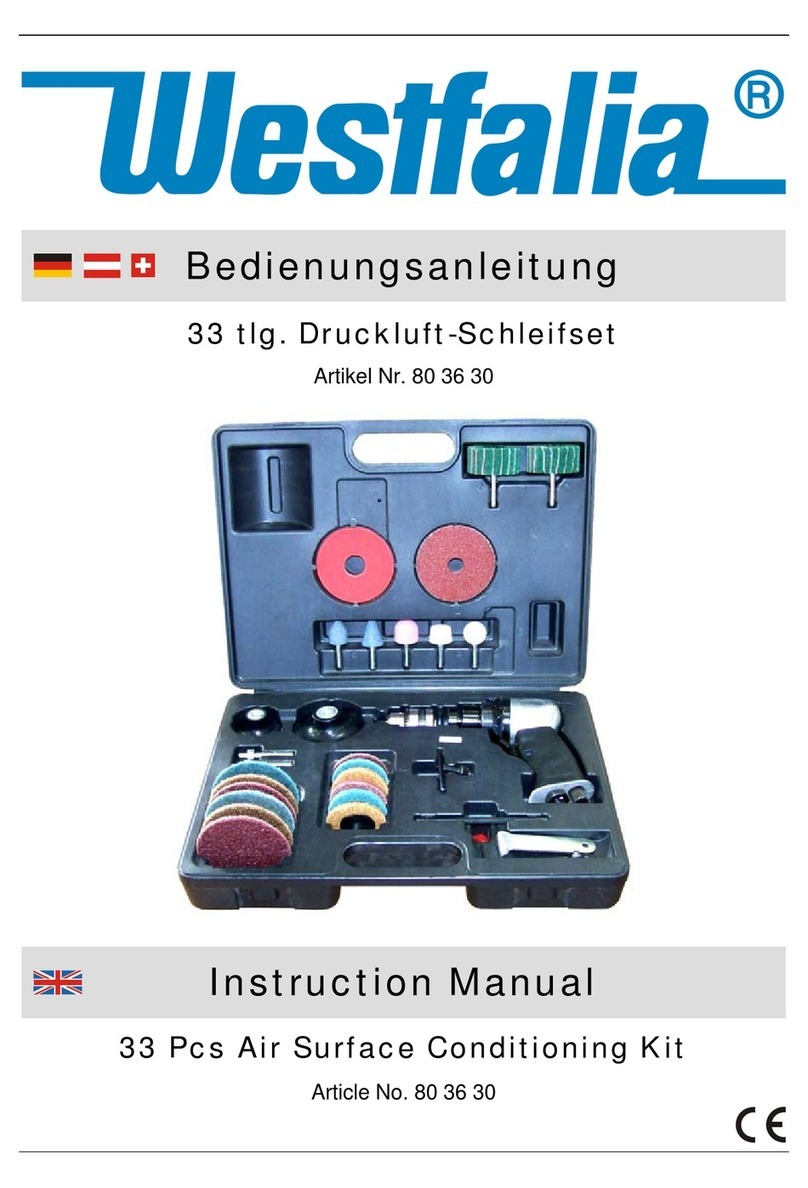
Westfalia
Westfalia 803630 instruction manual
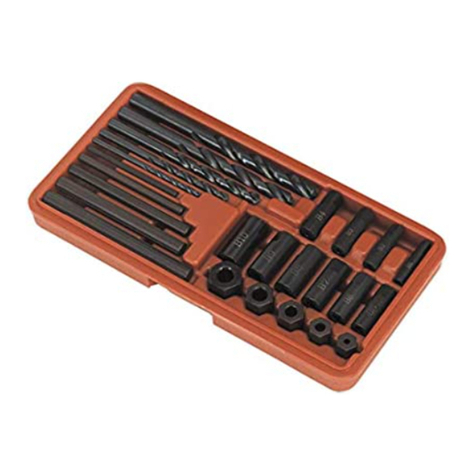
Sealey
Sealey VS7233 instructions
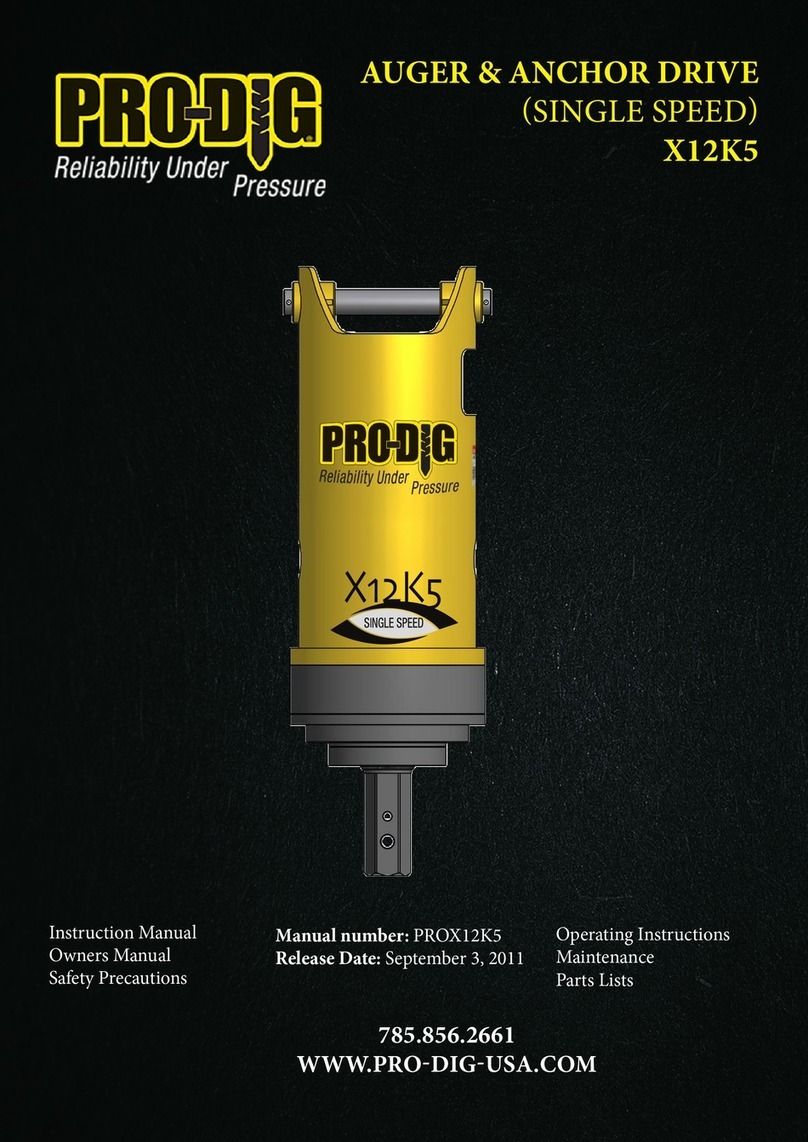
Pro-dig
Pro-dig X12K5 instruction manual
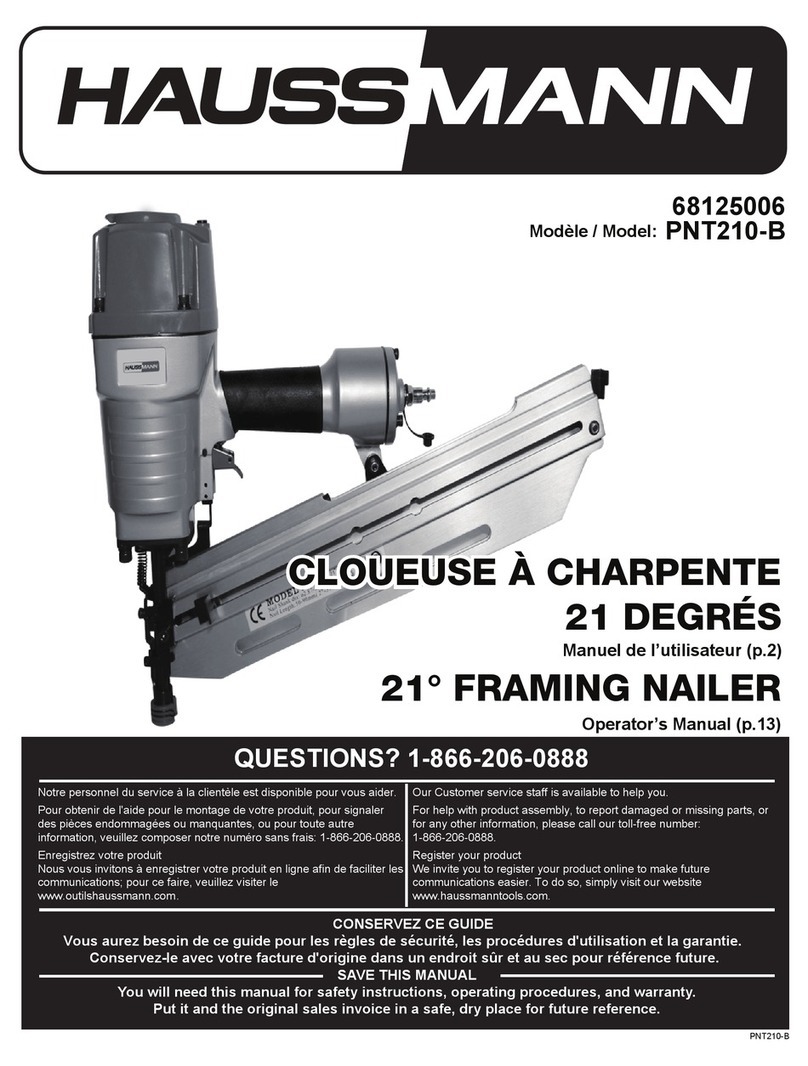
Haussmann
Haussmann PNT210-B Operator's manual
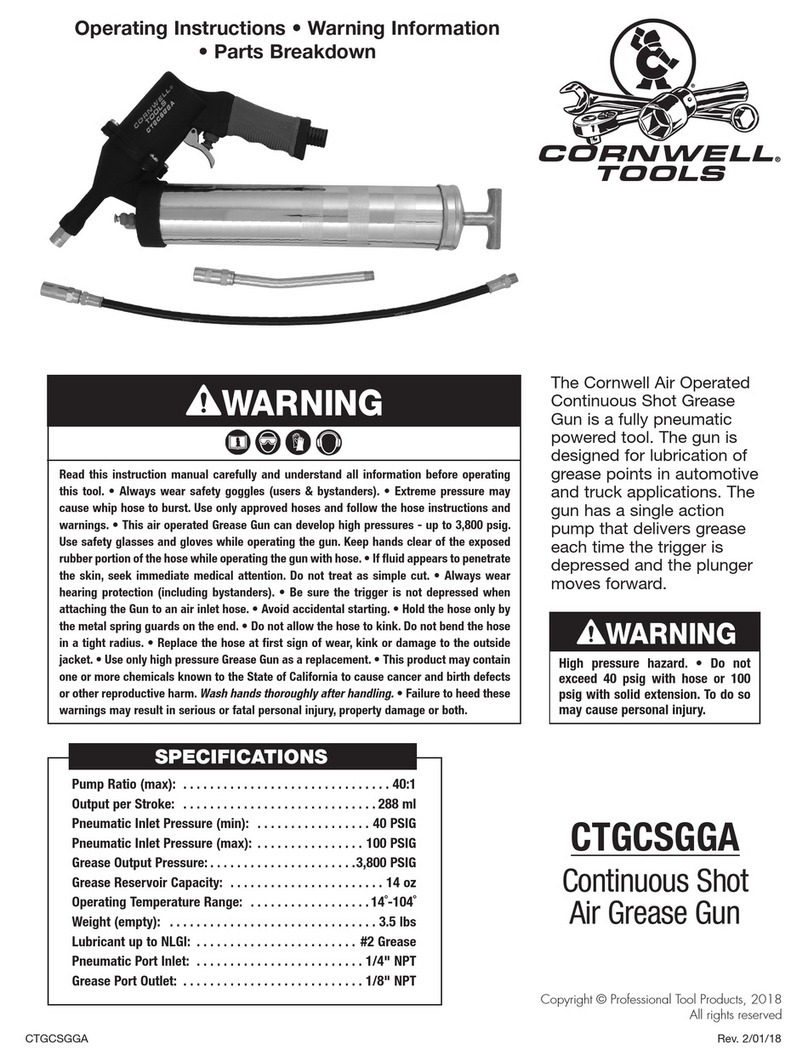
Cornwell Tools
Cornwell Tools CTGCSGGA Operating instructions, warning information, parts breakdown
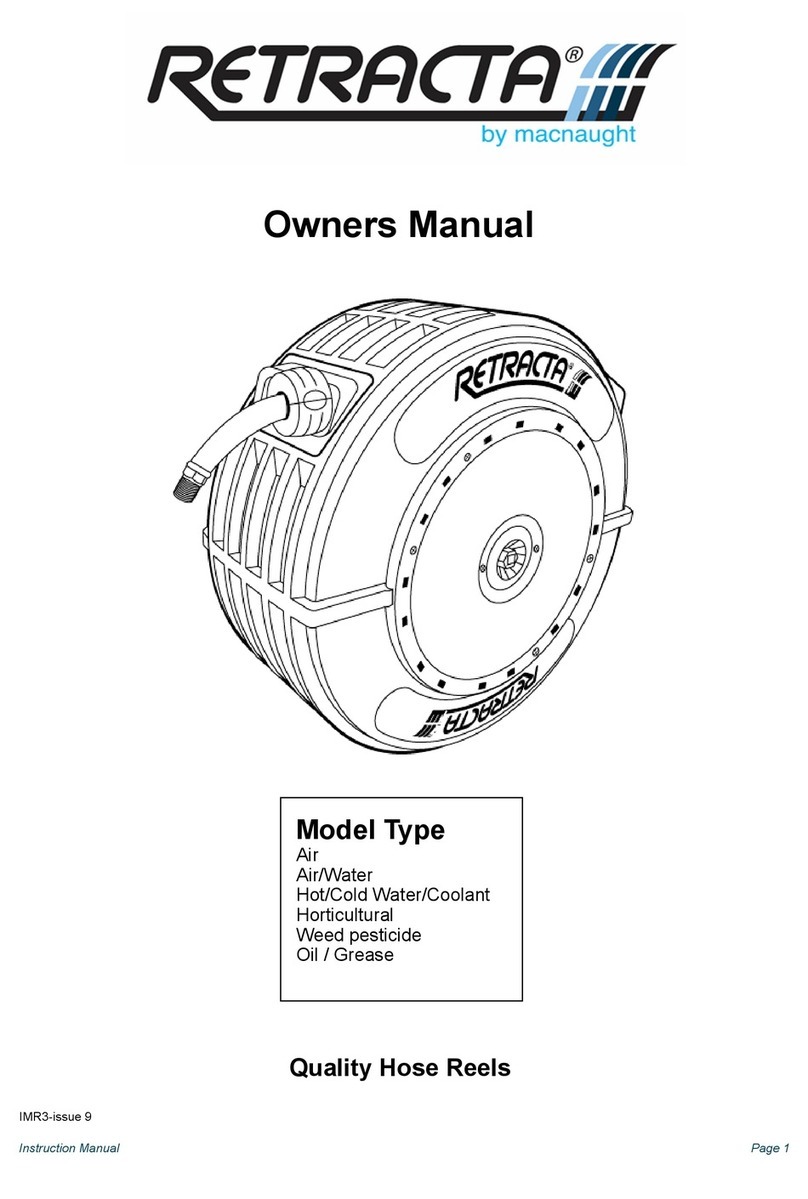
Macnaught
Macnaught Retracta R3 owner's manual

